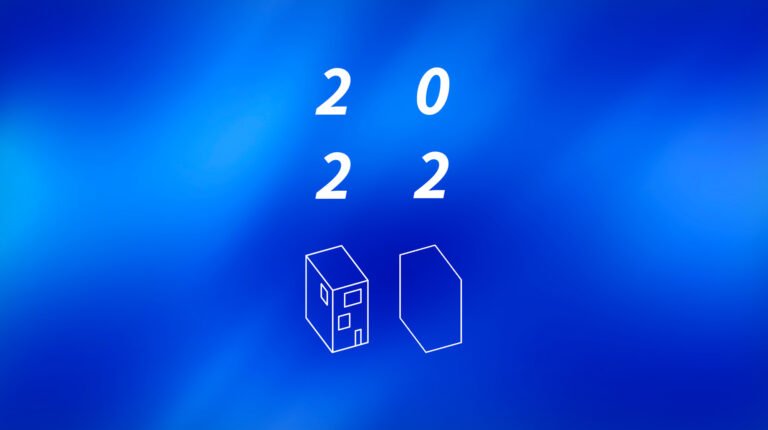Louvre Museum Pavilions / Studio Malka Architecture
Louvre Museum Pavilions / Studio Malka Architecture


Text description provided by the architects. Studio Malka Architecture has been selected to create 15 modular pavilions inside the prestigious historical collection of the Louvre Museum in Paris. In order to develop adequate micro-architectures within the Museum, we have proceeded with a systemic analysis.

The arch in all its forms and variations has finally stood out as the Louvre architecture’s common denominator. Indeed, the arch connects the dots of the various periods of the building’s architecture. It is also linked directly to the Museum’s collections as the arch is showcased in the Mesopotamian section, but also in the Assyrian, Egyptian, Etrurian, and Roman collections amongst many others.


Regarding its shape and position, the Louvre Pavilions will fit naturally in the Paris Royal axis, a tribute to the perspective of L’Arc de Triomphe and La Grande Arche de La Defense. It creates a new connection to Paris’s architectural major landmarks such as the arcades located on the Rue de Rivoli, la Seine’s iconic rivers bridges, and la Tour Eiffel just to name a few.


Resolutely timeless and yet contemporary, this 21st century’s arches are in direct continuity with those built in Le Louvre since the 12th century, enlightening the Louvre’s fundamental DNA. Thanks to the different positions between the modules which can be connected face to face, back to back, and even at right angles, the Louvre modular pavilions can adapt perfectly to the geometry of the different salons of the Museum.

The combination of these modules generates multiple and various geometries, such as successions of arches, vaults, domes, alcoves, or even star vaults of different heights. The acoustic system of the arches works like a noise trap, as it absorbs the sounds inside the arches and considerably reduces the sound impact of the room in which the modules are installed. These micro-architectures are built exclusively from various Parisian museums’ stage design leftovers. Entirely prefabricated in workshops, they will only require the assembly of the different parts between them on-site and generates a waste-free and silent construction site.

In a world of pandemic crises, it is difficult to design a public pavilion without any protocol. No one can predict the impact of virus mutations, uses, and regulations for those areas in the next following years. Also, in this so-called “after-world”, we must be able to prepare for various possibilities and create suitable scenarios in order to be able to welcome users in the best possible conditions.

This is also why our reception pavilions proposal are not only modular but also mobile; Thus, their positioning and combinations may evolve depending on the different requests, but also at the rate of peak periods, like celebrations or school holidays. The possible modular combinations enable the creation of endless possibilities to ensure social distances by simply moving and rotating the modules according to needs and uses, as Denon Salon’s Pavilion proposal for example is a few meters from the overcrowded Da Vinci’s Mona Lisa.







